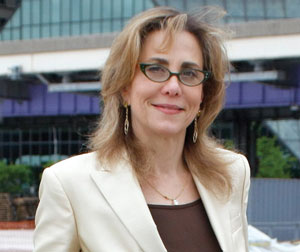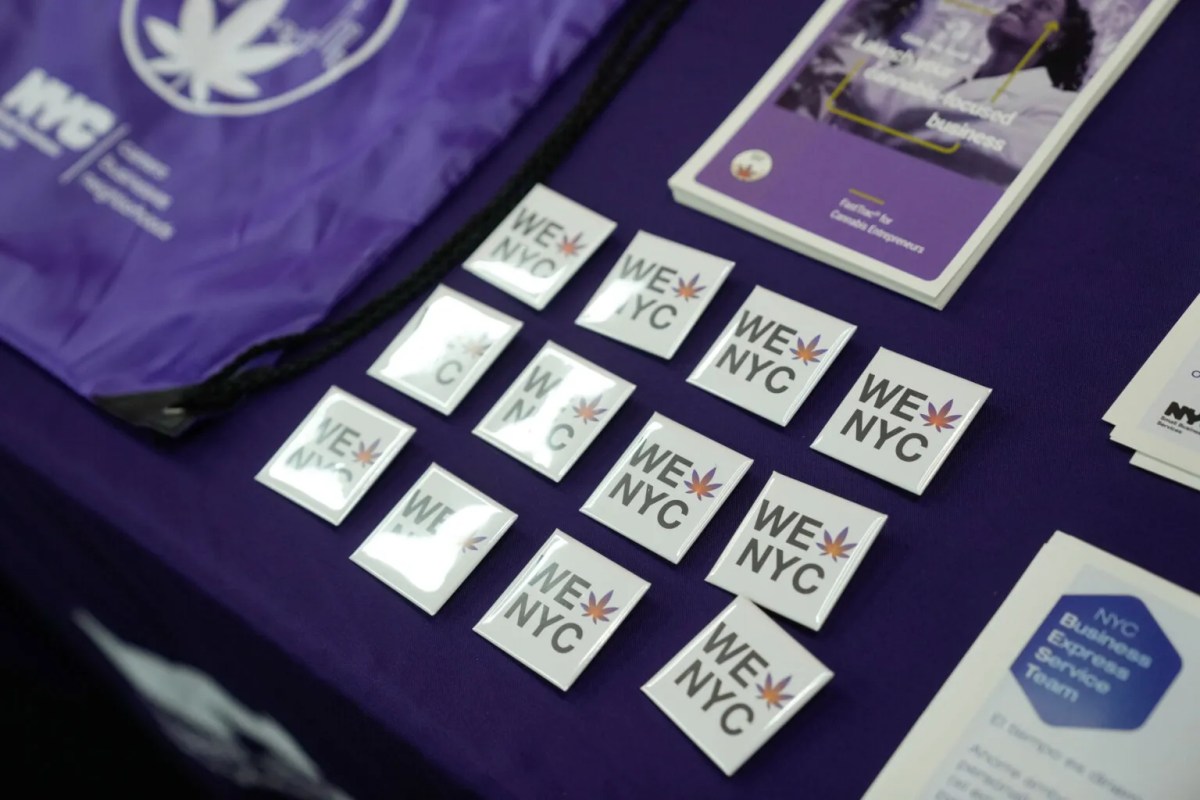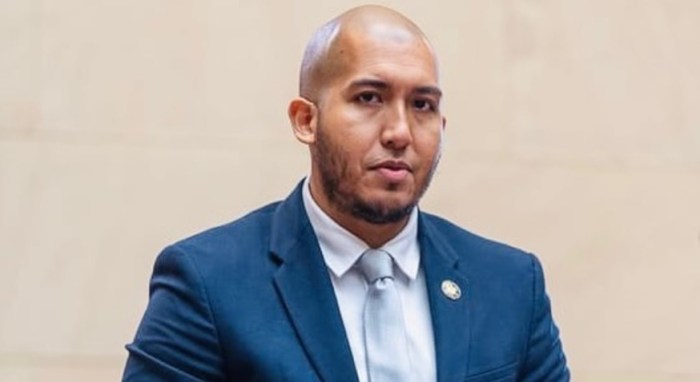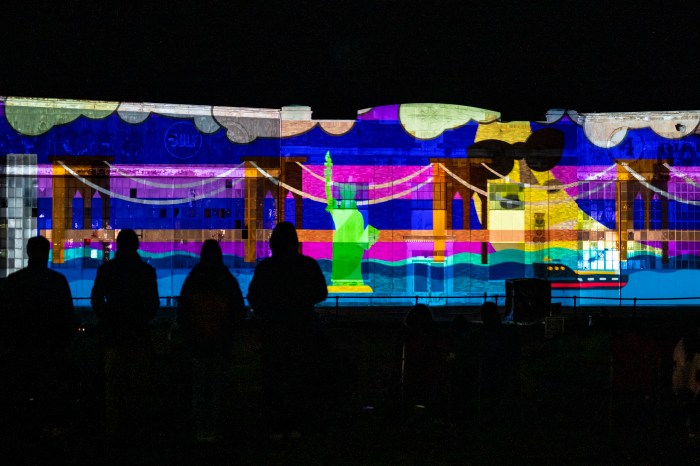HUDSON RIVER PARK
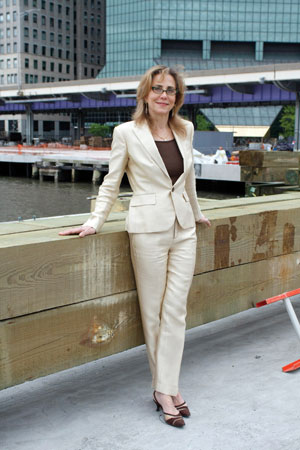
BY MADELYN WILS | You’ve biked along the five-mile path. You’ve sunbathed on the green beach. You’ve watched the sun sink down over the Hudson. This is the port where the Titanic was scheduled to dock in 1912, and the Carpathia successfully unloaded survivors. This is Hudson River Park, the largest open space project in Manhattan since Central Park was completed in the late 1800s.
While restoring New York’s waterfront has always been my passion, this park is particularly important to me. I was fortunate to be named one of the founding directors of the Hudson River Park Trust board when state legislation creating the park was signed in 1998. More personally, as a longtime Tribeca resident, my sons grew up playing here. I know I speak for many when I say that I cannot imagine life on the West Side without Hudson River Park.
But this urban recreational paradise has not always existed as it does now. A mere 15 years ago, Manhattan’s West Side was a collection of decaying piers and decomposing docks completely disconnected from public use. The area was not only an eyesore, it was dangerous — a shadow of its former self as a vibrant industrial port. The neighborhoods surrounding the waterfront had also suffered, as a backyard filled with tangles of rusty metal and miles of rotting wood left much to be desired.
Enter the Hudson River Park Trust, an organization formed by the 1998 passage of the Hudson River Park Act to serve as a custodian to the West Side waterfront. The Trust undertook a massive construction project to begin repairing and restoring the park in sections: Battery Park, Tribeca, Greenwich Village, Chelsea, Midtown and Clinton. Using a phased approach, different architects were able to work each section and incorporate unique architectural features from the corresponding neighborhoods — all the while maintaining the feeling of a unified whole.
Today, Hudson River Park stretches the five miles from Battery Park City to 59th St., making it the nation’s second largest waterfront park. The open park space is deeply loved and appreciated by New Yorkers, not only because it is a recreational paradise, but because it’s a park for locals. Each year, more than 17 million New Yorkers and visitors take advantage of the bike path, walkway and piers, enjoy a Circle Line cruise or attend a concert. And then there are those that come to play in the river: Sailing, paddle boarding, kayaking, boating, swimming…the list goes on and on.
The park makes it possible for New York City children to grow up with the same resources for sports and recreation as suburban kids. So many families tell me the Hudson River Park is a reason they remain in the city when they would otherwise relocate to Westchester County, New Jersey or Connecticut. And the waterfront’s revitalization has not only improved quality of life, but served as a catalyst for economic development, adding more than $1 billion in value to properties in the adjacent area.
While Hudson River Park today symbolizes more than a decade of hard work and progress to restore Manhattan’s waterfront, we’re not done yet. Now more than ever, investments are needed to fully realize the vision to restore the waterfront and form a continuous, north-to-south connection that spans the park’s entire five-mile length.
To help make this a reality, we are looking to a new generation of park advocates and supporters to step forward. For years, the state and city have contributed millions of dollars to maintaining and improving the park. But in a time of budget constraints, we need all New Yorkers now to demonstrate their commitment to Hudson River Park.
This is our chance to continue the legacy of this great park with a rich history — a chance to ensure that our children have the same waterfront access when they decide to raise their families in the city. Our city needs its vibrant waterfront to continue long into the future, and we won’t stop until we see this vision realized.
Wils is president and C.E.O., Hudson River Park Trust



